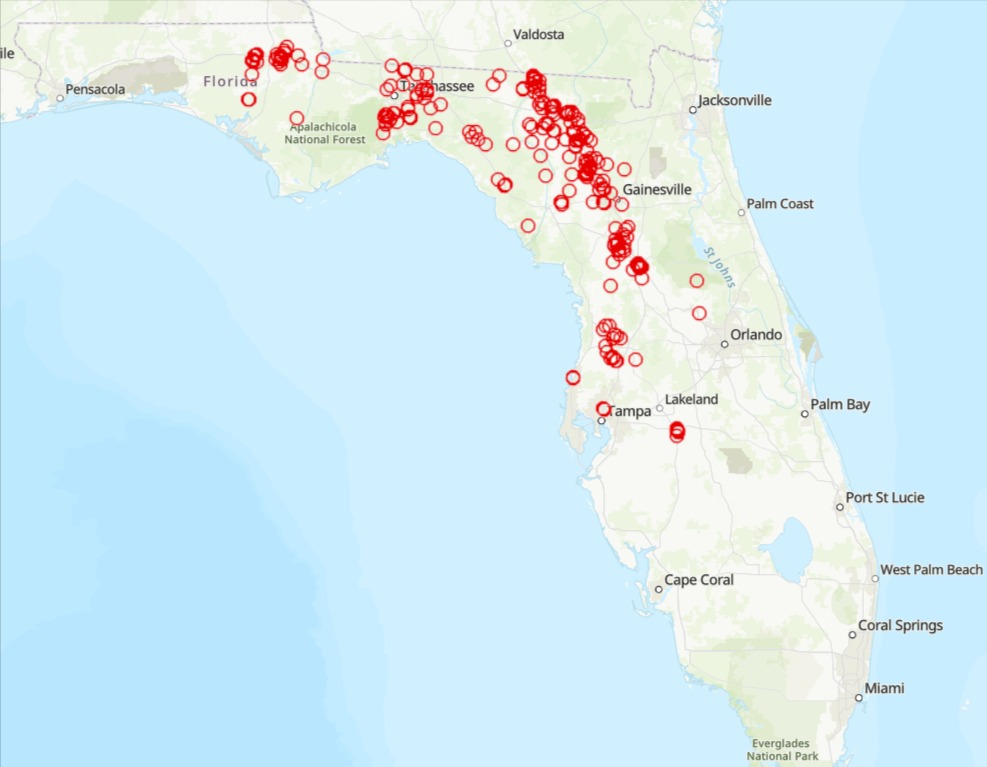Foundation Repair Services
FOUNDATION REPAIR SERVICES
FLORIDA STATEWIDE
Orlando, Tampa, Miami, Jacksonville, Tallahassee
We fix and repair home foundations in Florida. If you have cracks in your home foundation or structure, please give us a call, we can give you the best solution to fix the problem.
Our Services Includes: Underpinning, Steel Pier Helical, Polyurethane (Foam)
Foundation Stabilization, Foundation Leveling, Foundation Lifting, Concrete Leveling, Concrete Lifting
Ask us how to fix your home cracks!
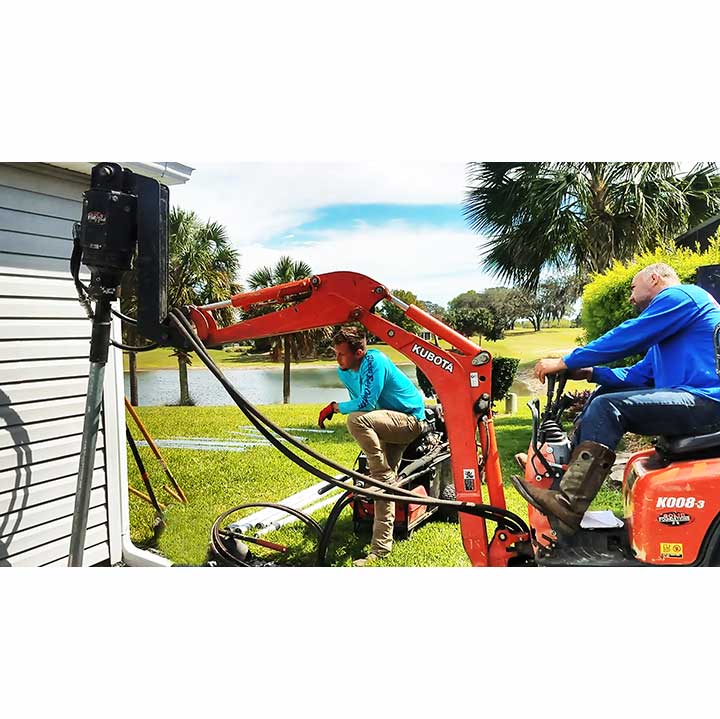

Foundation And Concrete Repair Services:
Let us help you to manage your home foundation issues. Check out our Free Foundation Repair advices before make any decision.
- Foundation Stabilization
- Foundation Leveling
- Foundation Lifting
- Concrete Leveling
- Concrete Lifting
- Concrete Sealing
Underpinning
Steel Pier Helical
Polyurethane (Foam)
To Save Your Home Value
You Should Call an Foundation Expert Today.
Many homes suffering from foundation damages per year in Florida!
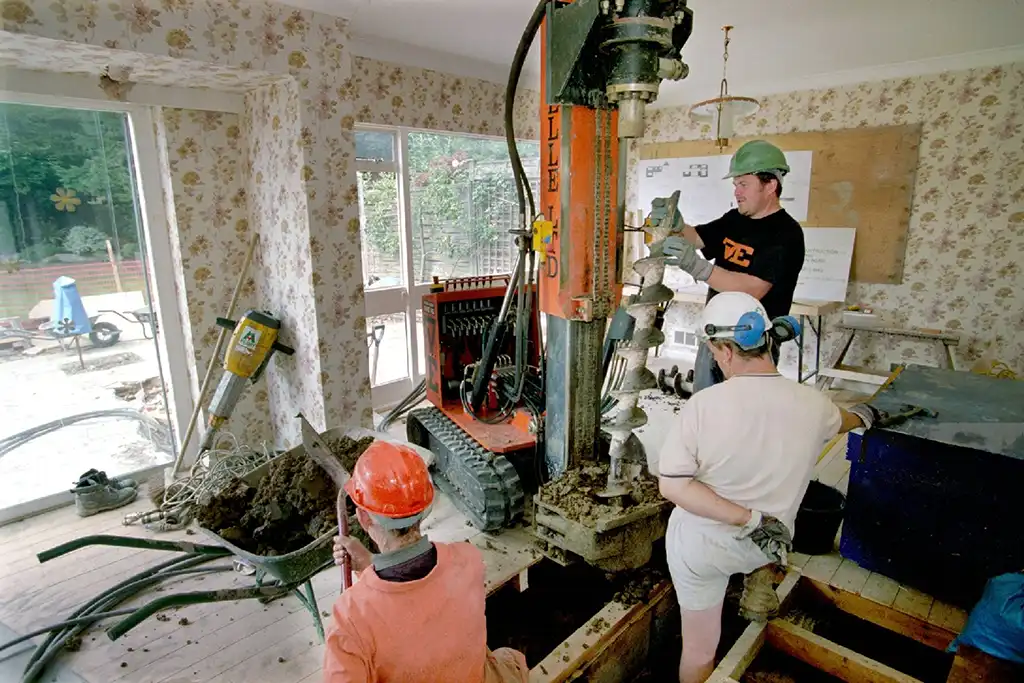
Foundation Issues
- Foundation Movement
- Foundation Differentiation
- Foundation Cracks
- Foundation Settling or settlement
- Broken Foundation
- Foundation Sinking
- Foundation Upheaval
Our Foundation Repair Services
- Foundation Stabilizing
- Foundation Leveling
- Foundation Fix
- Foundation Lifting
- Foundation Restore
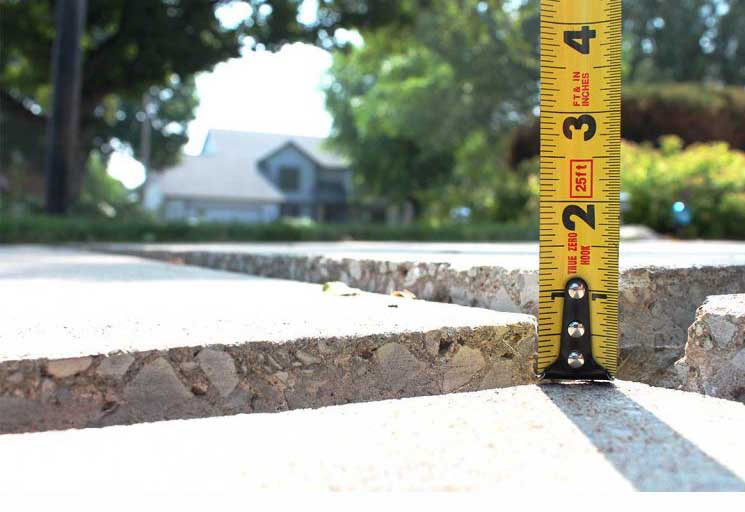
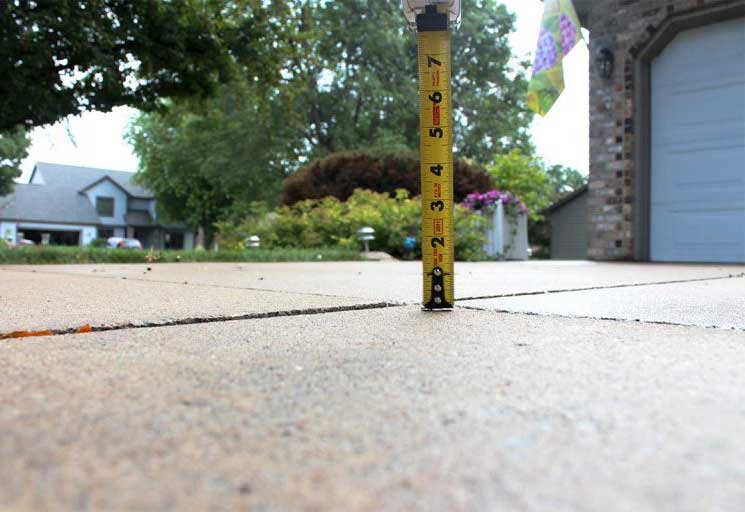
Causes Of Foundation Movement
Your home’s foundation is designed to transfer the weight of the structure and contents to the underlying soil or rock. In Florida most foundations constructed today are slab-on-grade; however, pier and beam foundations are still used in certain situations and many older homes have pier and beam foundation systems.
Swelling and shrinking of expansive soils underlying your home’s foundation are the primary causes of foundation movement throughout the south. Expansive clay soils swell when soil moisture levels increase and shrink when moisture levels decrease resulting in lifting or settlement of your home’s foundation.
The second most frequent cause of foundation movement is a consolidation of improperly compacted soil or rock fill, which can cause portions of the foundation to settle.
Because your home’s foundation transfers the weight of the structure and contents to the underlying soil, your foundation moves when the soils move. If the foundation moves uniformly and does not deflect or become unlevel the foundation is performing as designed. If some parts of the foundation move more than others then the foundation is undergoing differential movement. It is this differential movement that damages your foundation and the cosmetic finishes throughout your home.
Limiting Differential Movement
Because soil moisture variations cause swelling and shrinking of the soils supporting your foundation, anything you can do to minimize those moisture variations will also minimize foundation movement. The three most common things you can do to reduce foundation movement are:
- Water your lawn and the areas adjacent to your foundation uniformly during dry periods.
- Make sure that surface water cannot pond against the perimeter of the foundation. The soil at the foundation perimeter should be higher than the surrounding soils, so surface water will drain away from the foundation.
- Large trees or extensive plantings of shrubs close to the foundation can result in the drying of the soils under the perimeter of the foundation. The shallow roots of these trees and shrubs extend under the foundation and decrease soil moisture levels. Normally trees should be planted at a distance from the foundation equal to their mature height. If existing trees or shrubs are affecting the stability of your foundation, a barrier trench can often be installed between the trees and the foundation.
We Repair All Kind Foundation Structure!
Typical shallow foundation types utilized in Florida are slab-on-grades, strip footings, mat/raft foundations, and pad foundations.
Slab On Grade Foundation
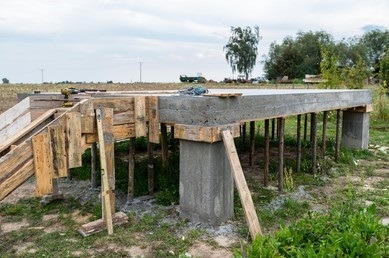
Strip Footing Foundation
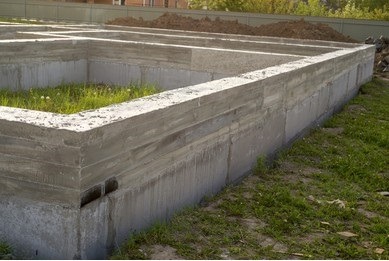
Mat Or Raft Foundation
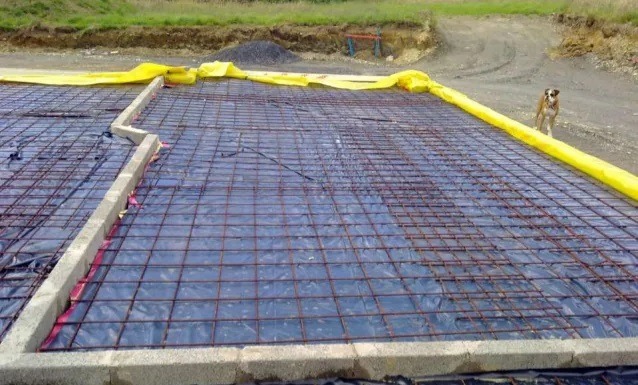
Foundation Repair
Foundation Repairs technicians have seen practically every repair conceivable in a number of places, including Decatur and Alabaster, during the course of their 20 years in the contracting business.
Our team is concerned about the safety of your family and home. You’ll be greeted by our friendly team from the time you call. Don’t be concerned about getting passed around to various personnel. You’ll have the same specialist at your side throughout the process with only one phone call
Our company has received great feedback from a number of professional organizations because we treat everyone like family. We’re honored to be regarded as one of the best foundation repair companies in the area.
Broken Wall Or Broken Slab?
DO YOU HAVE A QUESTION ABOUT THE FOUNDATION INSURANCE POLICY IN FLORIDA? NO PROBLEM!
WE DO FOUNDATION INSPECTION FLORIDA STATEWIDE!
NEED HIGH QUALITY FOUNDATION REPAIR?
WE ARE PROFESSIONALS

